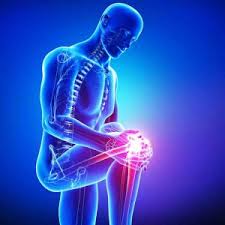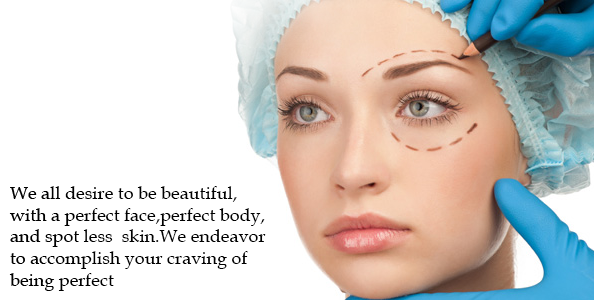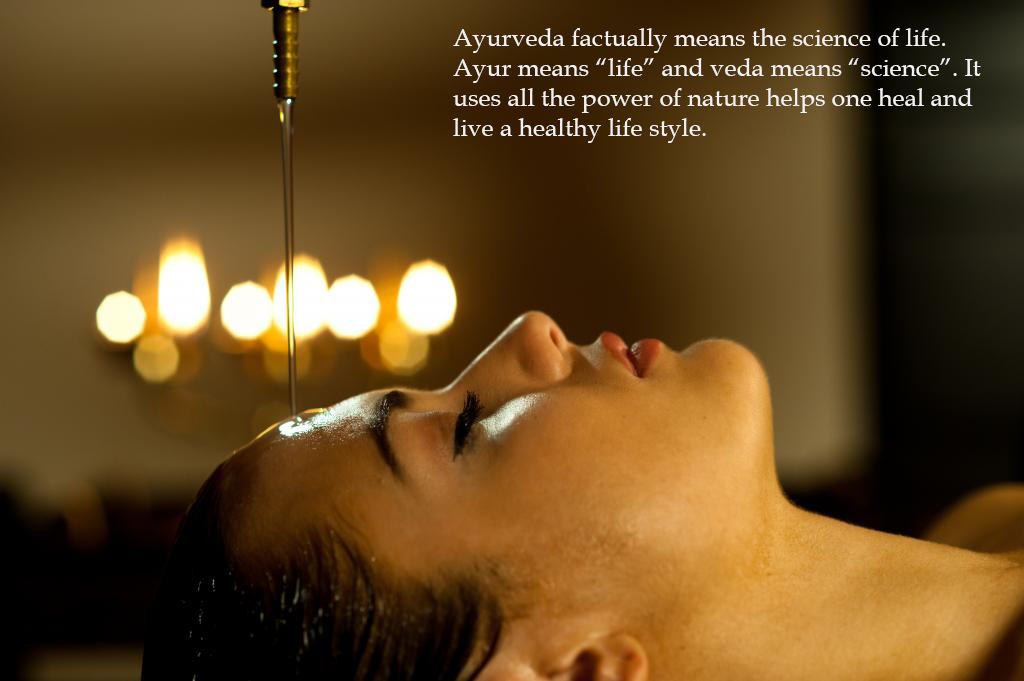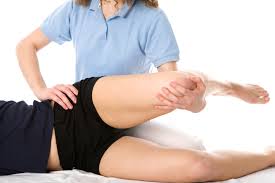Heart Disease and Dilated Cardiomyopathy
Symptoms
Many people with dilated cardiomyopathy have no symptoms. Some that do have only minor ones, and live a normal life. Others develop symptoms that may get worse as their heart gets sicker.
Symptoms of DCM can happen at any age and may include:
- Shortness of breath
- Swelling of your legs
- Fatigue
- Weight gain
- Fainting
- Palpitations (fluttering in the chest due to abnormal heart rhythms)
- Dizziness or lightheadedness
- Blood clots in the dilated left ventricle because of pooling of the blood. If a blood clot breaks off, it can lodge in an artery and disrupt blood flow to the brain, causing a stroke. A clot can also block blood flow to the organs in the abdomen or legs.
- Chest pain or pressure
- Sudden death
Causes
DCM can be inherited, but it’s usually caused by other things, including:
- Severe coronary artery disease
- Alcoholism
- Thyroid disease
- Diabetes
- Viral infections of the heart
- Heart valve abnormalities
- Drugs that damage the heart
It can also happen in women after they give birth. That’s called postpartum cardiomyopathy.
Diagnosis
Your doctor will decide if you have DCM after he looks at things like:
- Your symptoms
- Your family history
- A physical exam
- Blood tests
- An electrocardiogram
- A chest X-ray
- An echocardiogram
- An exercise stress test
- Cardiac catheterization
- A CT scan
- An MRI
If you have a relative with dilated cardiomyopathy, ask your doctor if you should be screened for it. Genetic testing may also be available to find abnormal genes.
Treatment:
In the case of dilated cardiomyopathy, it’s aimed at making the heart stronger and getting rid of substances in the bloodstream that enlarge the heart and lead to more severe symptoms:
Medications: To manage heart failure, most people take drugs, such as a:
- Beta blocker
- ACE inhibitor or an ARB
- Diuretic
If you have an arrhythmia(irregular heartbeat), your doctor may give you medicine to control your heart rate or make them happen less often. Blood thinners may also be used to prevent blood clots.
Lifestyle changes: If you have heart failure, you should have less sodium, based on your doctor’s recommendations. He may point you toward aerobic exercise, but don’t do heavy weightlifting.
Possible Procedures
People with severe DCM may need one of the following surgeries:
Cardiac resynchronization by biventricular pacemaker: For some people with DCM, stimulating the right and left ventricles with this helps your heart’s contractions get stronger. This improves your symptoms and lets you exercise more.
The pacemaker also will help people with heart block (a problem with the heart’s electrical system) or some bradycardias (slow heart rates).
Implantable cardioverter defibrillators (ICD): These are suggested for people at risk for life-threatening arrhythmias or sudden cardiac death. It constantly monitors your heart’s rhythm. When it finds a very fast, abnormal rhythm, it ”shocks” the heart muscle back into a healthy beat.
Surgery: Your doctor may recommend a surgery for coronary artery disease or valve disease. You may be eligible for one to fix your left ventricle or one that gives you a device to help your heart work better.
Heart transplant: These are usually just for those with end-stage heart failure. You’ll go through a selection process. Hearts that can be used are in short supply. Also, you must be both sick enough that you need a new heart, and healthy enough to have the procedure.
























